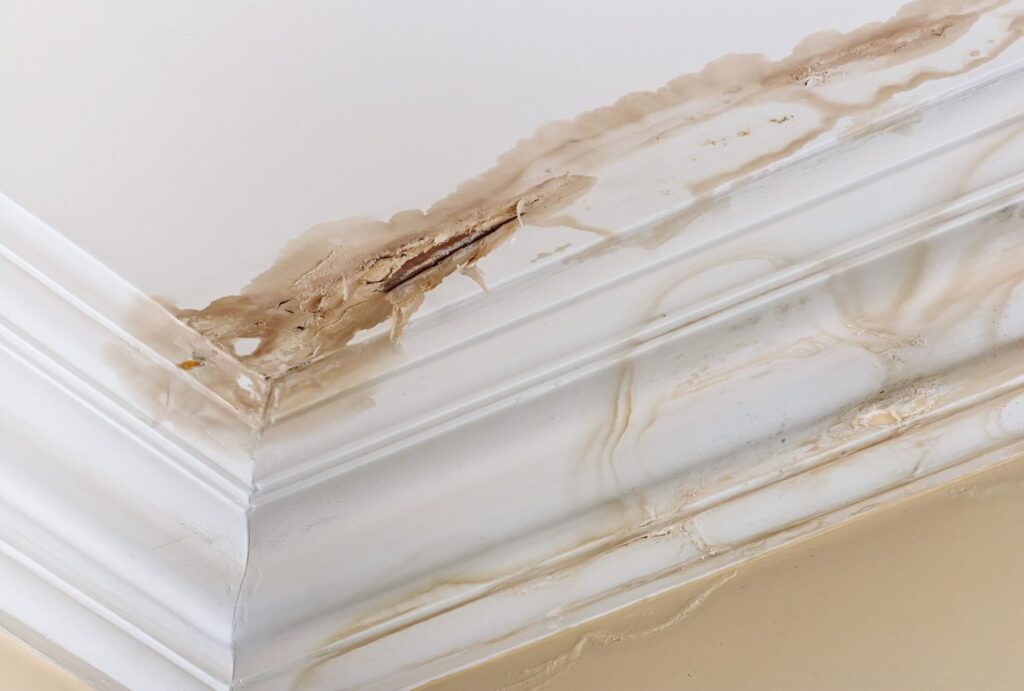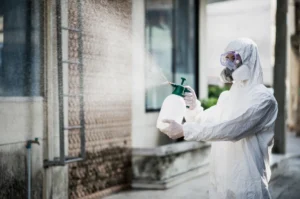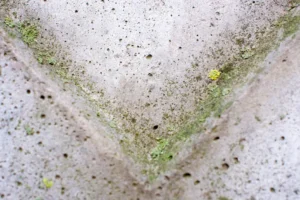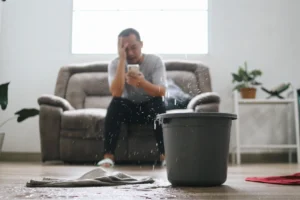Let’s be honest; no one wants to deal with water damage. It’s messy, expensive, and can turn into a real nightmare if left unnoticed. But here’s the tricky part: water damage isn’t always obvious. Sometimes, it sneaks behind walls, under floors, or into places you rarely look. By the time you see a big stain or a swollen wall, the real damage has already been done.
That’s why it’s so important to spot the signs early. If you live in the Garden State and think something feels off in your home, don’t wait. Professional water damage restoration in NJ can help you nip the problem in the bud before it turns into a costly disaster.
Ready to become a water damage detective? Let’s dive into the key ways you can uncover hidden water issues before they get worse.
Trust Your Nose: The Smell Test
Sometimes, your nose knows what your eyes can’t see.
One of the earliest signs of hidden water damage is a musty, damp odor. You know that smell the one that reminds you of a moldy basement or a damp towel left in a corner too long? That’s often a big red flag.
Even if you don’t see visible mold or water stains, a persistent smell can indicate moisture is trapped somewhere, like:
- Behind drywall
- Underneath carpeting
- Inside cabinets
- In the attic or crawlspace
If you’re noticing odors in these hidden spaces, it might be time for a mold inspection in NJ to locate the source.
Look for Subtle Changes in Walls, Ceilings, and Floors
Not all water damage shows up as giant brown stains.
Sometimes, water damage makes itself known in small, sneaky ways, like:
- Peeling or bubbling paint on walls
- Warped or buckling floors
- Sagging ceilings
- Hairline cracks that seem to appear overnight
Water causes building materials to expand, contract, or degrade. If you notice surfaces that feel soft, spongy, or uneven when you touch them, that’s a major warning sign.
And if you see tiny bubbles forming under paint or wallpaper? Bingo. That’s water trying to escape.
Pay Attention to Your Water Bill
Sometimes your wallet tells you there’s a problem before your house does.
If your water bill suddenly spikes and you haven’t been watering your lawn like crazy or taking extra-long showers, it could mean there’s a hidden leak somewhere. It’s important to stop and repair water damage in your house as soon as possible. Small, consistent leaks behind walls or under floors might not seem like a big deal at first, but over time, they can cause significant structural damage and, of course, promote mold growth.
Check the Caulking and Grout Around Bathrooms and Kitchens
Water has a sneaky way of finding the smallest cracks and weaknesses.
Take a close look at the grout between your bathroom tiles and the caulking around tubs, sinks, and showers. If you notice:
- Cracking
- Shrinking
- Gaps
- Mold or discoloration
…then you could be dealing with slow water intrusion that’s seeping behind walls or under floors.
It might look harmless now, but give it time, and you could be staring down the barrel of serious repairs later.
Investigate Windows and Doors for Leaks
Windows and doors aren’t just for letting light and air in—they’re also prime targets for hidden water intrusion.
Check for:
- Water stains around the edges of windows or sliding doors
- Warped wood framing
- Paint that’s peeling or blistering near window sills
- Drafty areas (moisture can cause air leaks)
Sometimes heavy rains can force water into tiny cracks around window seals, and before you know it, the wood underneath is rotting away.
Listen for Unusual Sounds
Sometimes, you can hear water problems before you see them.
Keep an ear out for:
- Dripping sounds inside the walls
- Rushing water when no taps are open
- Creaking floors that weren’t creaky before
These sounds can suggest hidden leaks or water pooling in places it shouldn’t be. If you hear anything strange, don’t ignore it. Investigate right away or call in a professional.
Inspect the Attic and Basement (Don’t Forget Them!)
Out of sight, out of mind, right? Unfortunately, that’s where water damage likes to throw secret parties.
In the attic, check for:
- Dark water stains on the underside of the roof
- Wet or sagging insulation
- Signs of mold growth
If you see any of these, you may need attic mold remediation in NJ.
In the basement, look for:
- Damp walls or floors
- Efflorescence (white chalky residue on brick or concrete)
- Rusty pipes or water heaters
These are all signs that point to a need for professional basement mold remediation in NJ. Since these areas are often less climate-controlled than the rest of the house, they’re extremely vulnerable to moisture issues.
Watch for Mold Growth
Mold is a clear sign that water is hanging around longer than it should.
Even small patches of mold, especially in places like the corners of ceilings, behind furniture, or along baseboards, are a warning sign that moisture is trapped nearby.
Important: Mold isn’t just gross; it can also affect your health. Symptoms like coughing, sneezing, itchy eyes, and headaches could be triggered by mold exposure.
If you spot mold, it’s important to address the underlying water problem first before you just scrub it away.
What to Do If You Find Hidden Water Damage
If you discover hidden water damage in your home, don’t wait. Quick action is key to preventing serious structural issues and mold growth. Contact Mold Master Restoration for fast, professional help. Their expert team will assess, repair, and restore your home to its original condition safely and efficiently.








